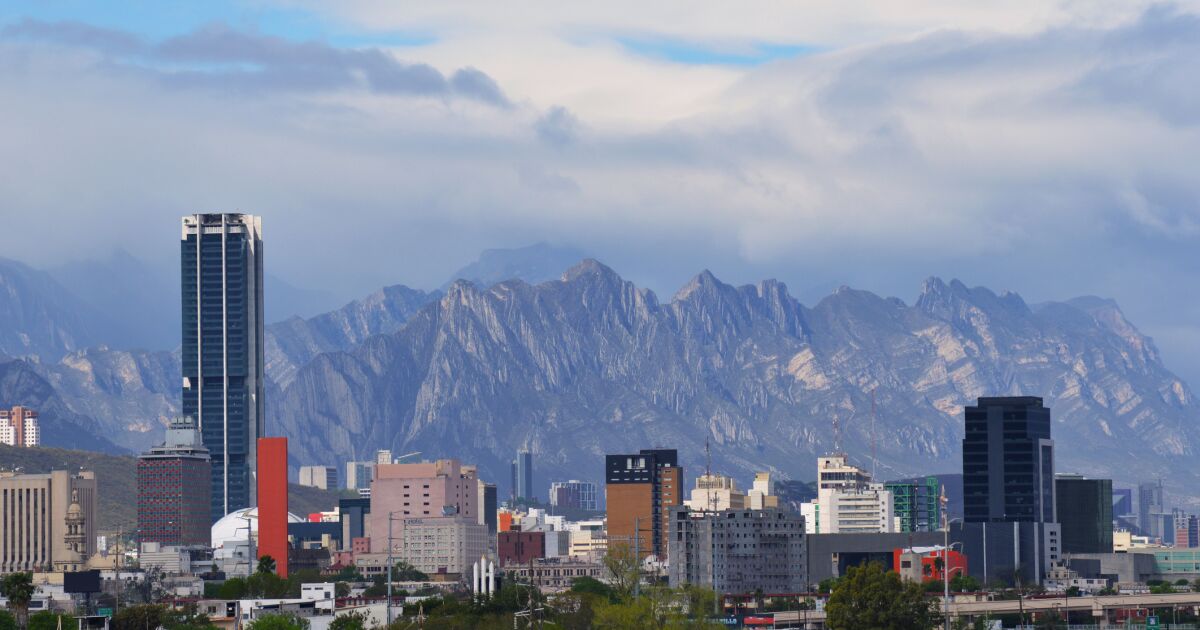Nuevo León was the state that reported the most substantial extra income, with 2,041 million pesos, which represented an increase of 16%. Veracruz follows with an extra 1,899 million pesos than scheduled, that is, 12.6% more. And Oaxaca with 1,741 million pesos, which meant 12% more than what was programmed and approved by Congress at the end of last year, according to figures from the Ministry of Finance and Public Credit (SHCP).
The distribution of these resources depends on and differs from each state, according to factors such as economic growth, population, poverty levels, contribution to tax collection, among others.
“The increase in scheduled shares may be related to the fact that the amount is determined according to the projection of economic activity, if the economic activity carried out from January to March was greater than projected, the shares would grow,” explained Christopher Cernichiaro, researcher of local public finances at the Universidad Autonoma Metropolitana Unidad Iztapalapa in collaboration with Conacyt.
Most of the participations are linked to the Participable Federal Collection (RFP), which is the sum of tax and oil revenues, components that depend on economic activity, the specialist explained.
“If the economy grows, the RFP increases and the shares received by the states rise, if the economy performs poorly, there are fewer resources to distribute to the entities,” he said.
Figures from the National Institute of Statistics and Geography (Inegi) show that the growth of the Mexican economy was 1.6% in the first quarter; the best start to the year since 2018.
Meanwhile, the Bank of Mexico, in its report on regional economies for the first quarter, mentions that it sees recovery in the northern and southern regions of the country, due to an increase in external demand for Mexican manufactured goods; the increase in the consumption of merchandise by households in the domestic economy, and the progress in vaccination campaigns.
The researcher commented that despite the fact that they receive more money, the states must spend according to what is programmed, and that it is in tune with what was approved for the participations. Because if economic activity worsens, the federation can adjust the distribution of resources downwards.
While the payment of participations reported extra resources, the autonomous organizations saw their spending reduced by 12,443 million pesos compared to what was programmed, according to figures from the Treasury, the Judicial Power reported the largest cut with -6,463 million pesos; it was followed by the Legislative Branch with -2,580 million pesos and the INE with -990 million pesos.








